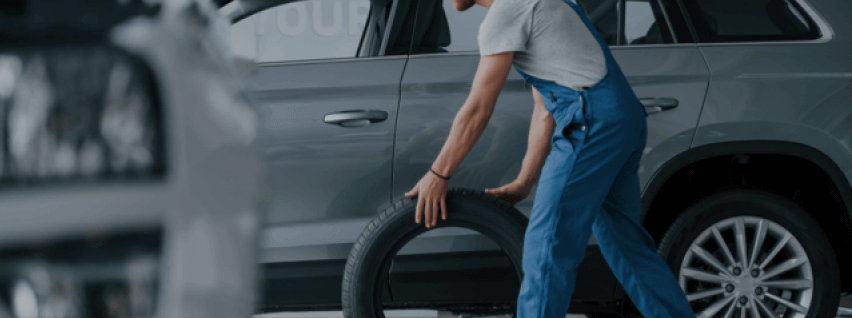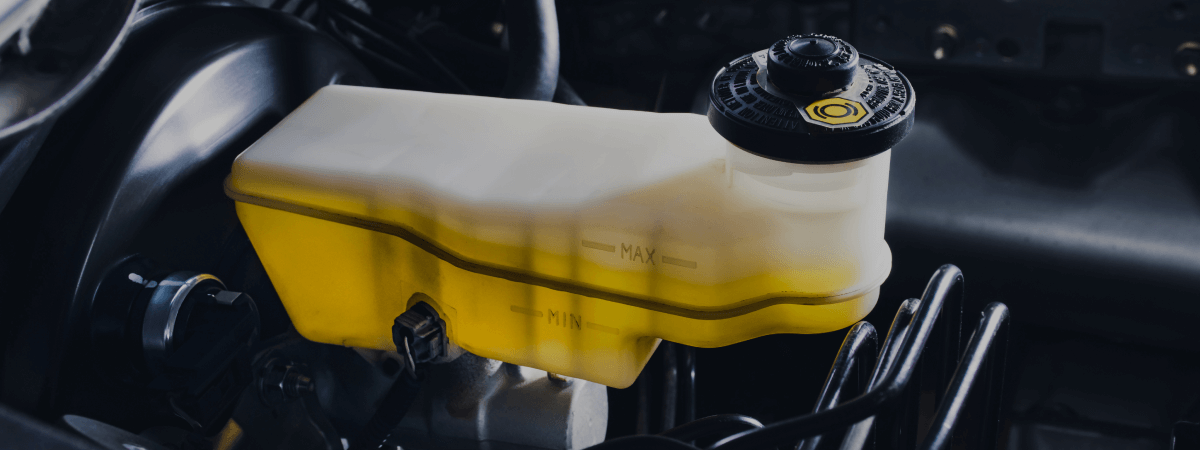Your transmission is an extremely important part of your vehicle. It is what transmits the power from your engine to your drive mechanism. Without your transmission, your vehicle would simply not function. It is also extremely expensive to repair or replace. For these reasons, it is important that you take the steps necessary to car for your transmission so that it serves your vehicle for as long as it possibly can.
The first important step is to make sure that your transmission is regularly serviced by a certified Utah auto repair shop. This service is important so that your transmission fluid is checked for its level, color, and smell. It will also check the other areas of your transmission for the early warning signs of trouble. Early detection means that any potential problems can be taken care of when they are small and relatively inexpensive.
Outside of regular check-ups, pay attention to how your vehicle is performing. If you notice any odd behavior, such as strange noise,
slipping, or early or late shifting, take your vehicle in to your auto repair shop to have it checked out.
Along with having your transmission checked, there are other areas of your car that have a direct impact on how your transmission performs. This includes your engine and your cooling system. With automatic transmissions, the system depends on the engine’s vacuum as its source of control over the shift quality and hydraulic pressure of your transmission. For this reason, it is important that your engine is well tuned. Overheating is also one of the biggest causes for transmission failure, so make sure that your cooling system is in good repair.
Outside of regularly checking these systems, there are several driving habits that can lead to transmission failure. Here is a list of things that you SHOULD NOT do in order to protect your transmission:
• Don’t drive on mismatched or spare tires for excessive periods of time when you have a front wheel or all wheel drive vehicle.
• Don’t spin your tires on turns (front wheel drive vehicles)
• Don’t overload your vehicle
• Don’t rock a stuck (either in snow, mud, or sand) vehicle back and forth
• Don’t drag race
• Don’t move your gears into another range until you are at a complete stop
• Don’t drive your vehicle when you are suspicious that you have a transmission problem or your transmission fluid level is low.
• Don’t drive on dry pavement in 4×4 range unless your vehicle is automatic 4×4 or all wheel drive
Related Posts
Key Takeaways On average, passenger vehicle tires last 40,000 to 60,000 miles, depending on type, driving habits, and maintenance. Replace tires when tread depth reaches 2/32”, if damaged, or older than 10 years. Regular rotation, alignment, and proper inflation extend tire life. Aggressive driving, poor roads, and harsh weather shorten tire lifespan. Take advantage [...]
When you think about car maintenance, you probably focus on oil changes, tire rotations, and maybe even brake pad replacement. But what about your brake fluid? If you’ve ever wondered, “What does brake fluid do?” or “Why is brake fluid important?”, you’re not alone. Brake fluid might not be the most talked-about part of [...]
Is that high-pitched squeal from your brakes driving you—and everyone else—crazy? Don’t ignore it. Squeaky brakes aren’t just annoying, they’re your car’s way of saying something needs attention. Whether you're cruising through Salt Lake City or winding up Idaho’s mountain passes, here’s what’s likely going on, how you can fix it, and when it [...]





